SLA 3d printing service
Making for rapid prototyping and production of parts,Parts as fast as 10 days,100% inspection for every part
Our ISO 9001 Certified deliver grade quality with every batch
- No minimum order quantity
- Rapidly-made in a Few Days
- Rapid Prototyping and Full Production Runs
- Over 30+ Metal and Plastic Materials Available
what is SLA 3d printing?
Stereo Lithography Appearance (SLA), also known as stereolithography, is a type of rapid prototyping technology, abbreviated as SLA, and sometimes also referred to as SL. This technology is the earliest developed rapid prototyping technology, and is also one of the most in-depth, mature and widely used rapid prototyping technologies.
Stereolithography technology mainly uses photosensitive resin as raw material, and focuses laser (ultraviolet light) of specific wavelength and intensity on the surface of the photocurable material, so that it solidifies from point to line and from line to surface in sequence, thereby completing the drawing of a layer section. Then the printing table is raised and lowered in the vertical direction by a layer thickness unit, and then the next layer is irradiated and cured. In this way, the curing and moving process is completed in a cycle, so that a three-dimensional entity is printed layer by layer.
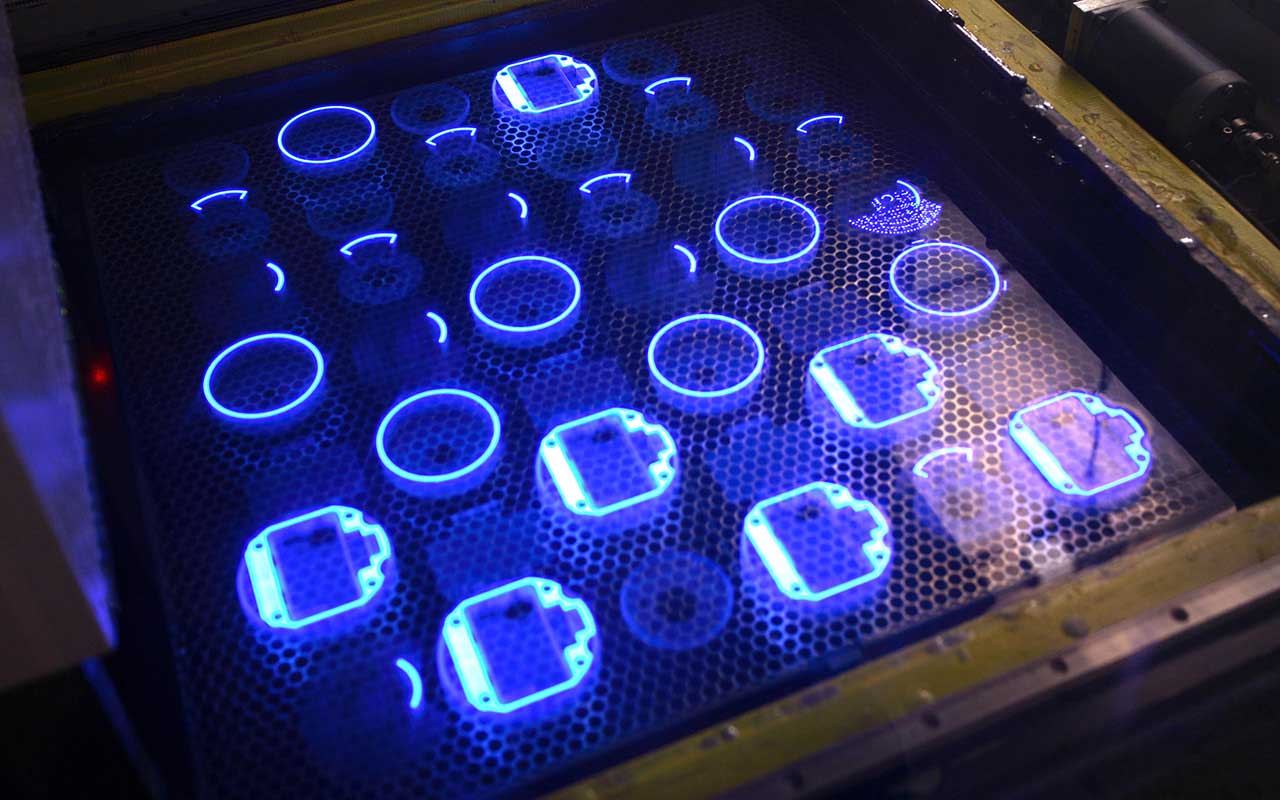
SLA Printing Features
SLA technology is characterized by high precision, good surface quality, and an almost amazing 100% utilization rate of raw materials. It can be used to print and produce parts with particularly complex shapes and fine details, and is very suitable for the rapid prototyping of small-sized parts. However, the disadvantage is that the prices of equipment and printing raw materials are relatively expensive. At present, SLA technology is mainly used to manufacture molds, models, etc. At the same time, it can also be used to replace wax molds in investment casting by adding other ingredients to the raw materials. Although SLA technology has a fast printing speed and high precision, since the printing material must be based on photosensitive resin, and the photosensitive resin will inevitably shrink during the curing process, resulting in stress or deformation, a major difficulty in the current promotion of this technology is the urgent need for photosensitive materials with small shrinkage, fast curing, and high strength.
SLA technology offers exceptional printing precision, often achieving sub-millimeter or even micrometer-level accuracy.
This allows for the creation of models with smooth surfaces and intricate details.
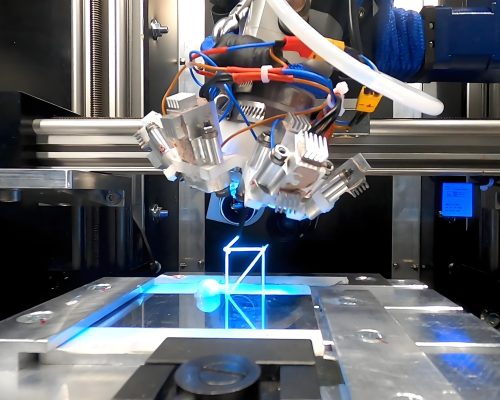
In addition, similar technical principles to SLA have led to the development of some related technologies, such as DLP (Digital Light Processing), LCD.Different from the gradual forming process of SLA from point to line and line to surface, DLP technology mainly uses the dynamic light of digital micro-mirror devices to cure a layer of resin at the same time, so the printing speed is faster.
However, because DLP printers use pixelated light irradiation, subtle artifacts that look like "stair steps" are displayed at the edges of the layer, affecting the accuracy of the molded parts, and the molding size is smaller than SLA.
As for LCD technology, it can be simply understood that the light source of DLP technology is replaced by LCD, but the printing accuracy and printing speed are reduced, and the service life of LCD screens is generally not long.
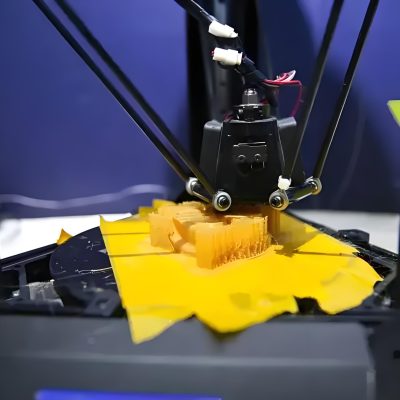
Advantages of SLA printing technology
(1) SLA technology appeared early and has a high degree of technical maturity after years of development.
(2) Fast printing speed, convenient photosensitive reaction process, short product production cycle, and no need for cutting tools and molds.
(3)Smooth Exterior Texture. SLA-produced components possess an exceptionally sleek and smooth exterior texture, making them an excellent choice for creating visually appealing prototypes.
(4)Efficient Material Usage. SLA printers are renowned for their efficient utilization of liquid resin, with minimal residual material remaining after printing. This leftover resin can often be recycled or reused, thus minimizing material waste and enhancing sustainability.
(5)SLA technology maintains consistent high-resolution printing throughout the entire build volume, ensuring uniform quality and precision even in larger prints. This feature allows for the creation of intricate details and smooth surfaces, enhancing the overall quality of the final product.
(6) High printing accuracy, can print prototypes and molds with complex structures or difficult to make with traditional technology.
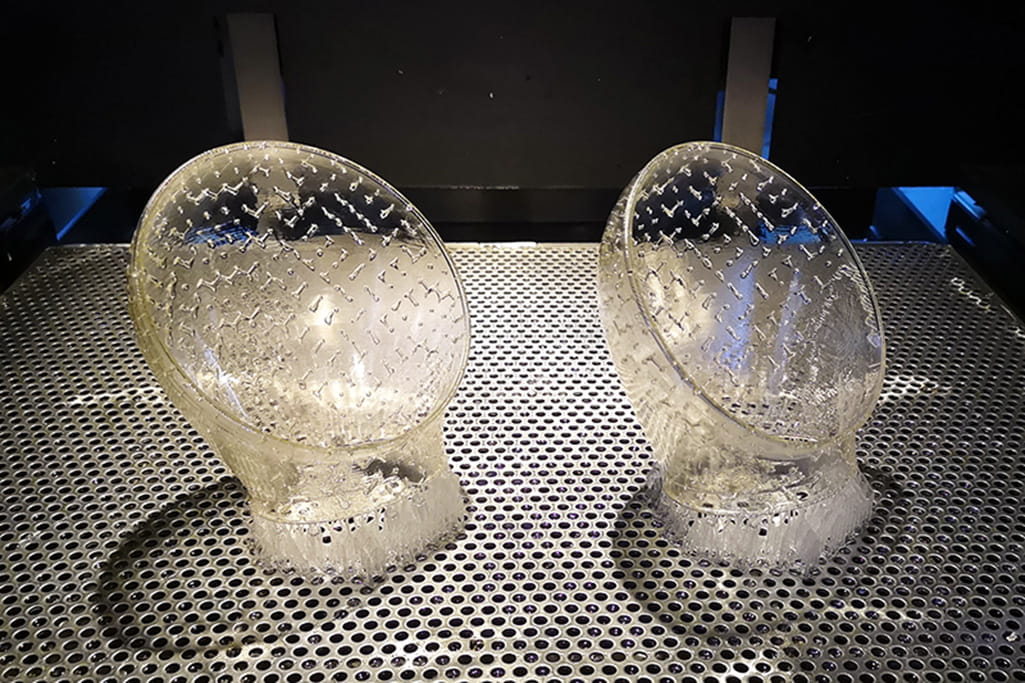
Disadvantages of SLA printing technology
(1) Precision operation of toxic liquids is required, and the working environment is demanding.
(2)Limited Material Options and UV Sensitivity. SLA printing is primarily limited to the use of resins, which can constrain the strength, rigidity, and heat resistance of the final products. This limitation makes SLA-printed items less suitable for applications that require high durability or long-term use. Additionally, certain resins used in SLA printing may be susceptible to UV degradation, leading to discoloration, surface degradation, and structural weakening over time. This UV sensitivity can further limit the longevity and usability of SLA-printed parts, especially in outdoor or high-UV exposure environments.
(3) Brittleness of SLA Parts. SLA printed parts tend to exhibit brittleness, which can limit their suitability for functional prototypes. This characteristic makes SLA printing less ideal for applications that require durability, toughness, or repeated use.
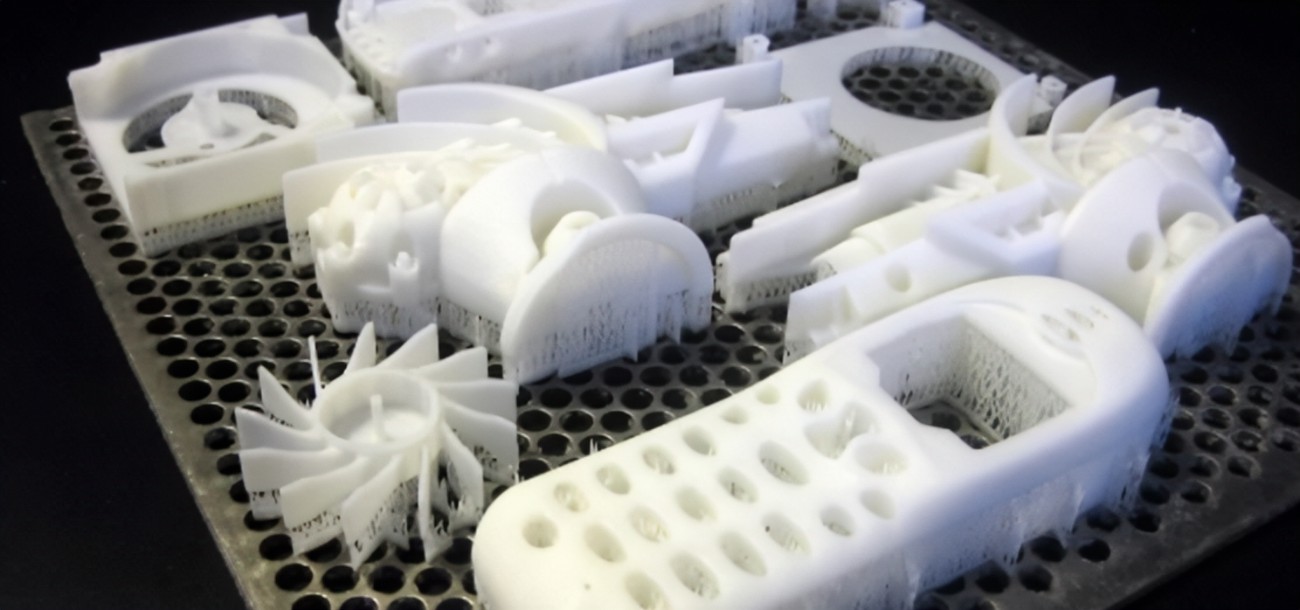
(4)Post-Processing Requirements. SLA printed parts often undergo a post-curing process using UV light to enhance their material properties, such as hardness and durability. However, this additional step can extend the overall lead time, as it requires additional time for curing. It also adds complexity to the printing process, potentially increasing the overall cost due to the need for specialized equipment and additional labor.
Our Other Manufacturing Capabilities
We Specialize In 3D Printing, CNC Machining, Vacuum Casting, Injection Molding And Sheet Metal Fabrication, Offering A Wide Variety Of Materials And Surface Finishes.
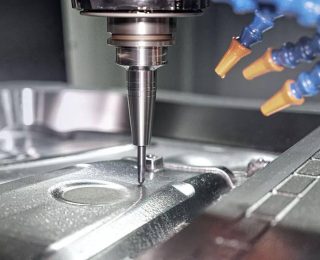
CNC Machining
We have Mill-turn composite machining center, standard 3-axis, continuous 5-axis, 3+2 axis milling machine, drilling and post-processing using more than 50 different metals and plastics, available in more than 15 surface finishes. Tolerances down to ±.0000394" (0.001mm )
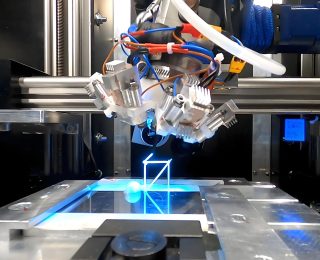
Sheet Metal Fabrication
HOFeng’s equipped with robot CO2 welding, robot polishing, robot laser welding, laser platform welding, laser cutting machine, handheld laser welding, CNC punch machine, bending machine, automatic deburring machine to improve the speed and ability to cope with mass production applications.
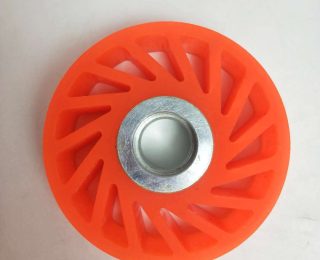
Urethane Casting Services
Making for rapid prototyping and production of parts,Parts as fast as 10 days,100% inspection for every part.Our ISO 9001 Certified deliver grade quality with every batch.We are the polyurethane material experts in your product development
